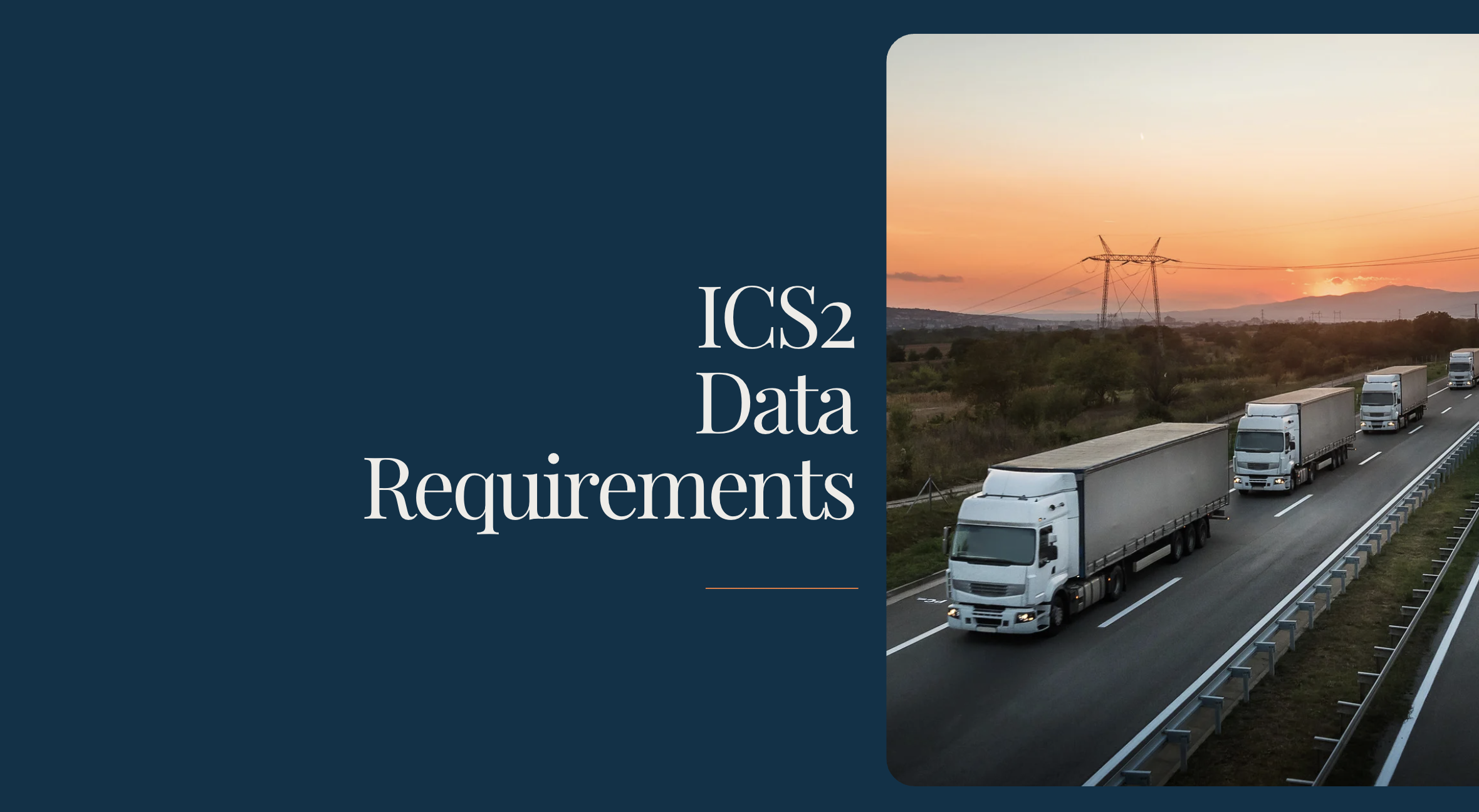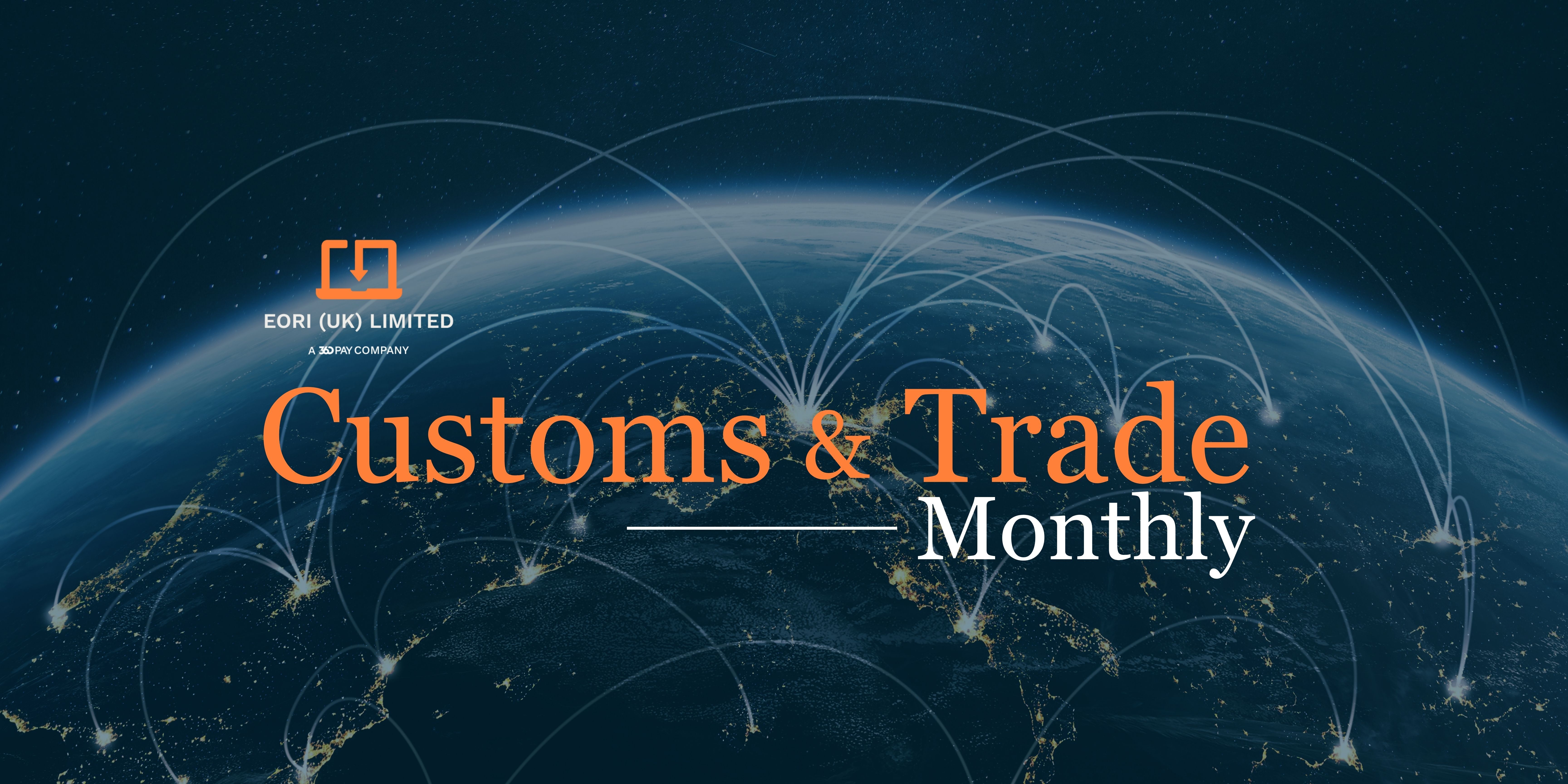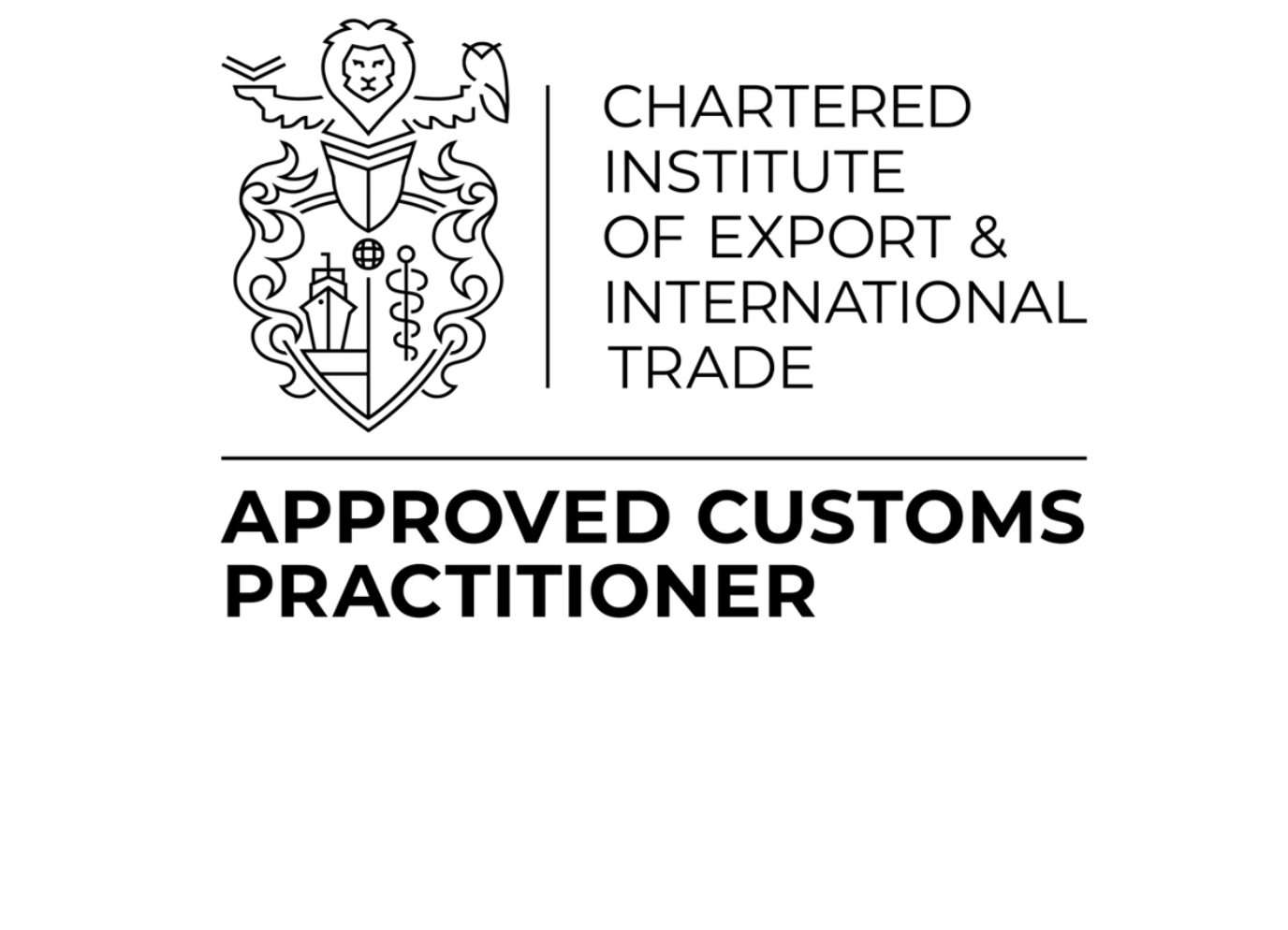Navigating Safeguard Measures for Low-Risk Imports
Blog

Low-Risk Imports and Safeguard Rules: What You Need to Know
If you're importing products of animal origin (POAO) into Great Britain, there's an important distinction you need to understand - low-risk doesn't mean no-risk. While the BTOM has streamlined many import processes, safeguard measures can be brought into force at moment notice. With recent outbreaks of LSD (Lump Skin Disease), FMD (Foot and Mouth Disease) and the continuous presence of ASF (African Swine Fever) we thought it would be a good time to talk about what a safeguard measure is, what the consequences are, and how to minimise the necessary disruption they impact on your supply chain.
The Reality Behind "Low-Risk" Classification
When your animal products receive a low-risk classification, it's easy to assume you're in the clear. After all, this classification reduces routine physical checks and speeds up the import process. However, when there is a disease outbreak that affects imported goods, this is where many traders encounter unexpected complications. At this point it also key to make sure you’re getting low risk classification correct. We have seen a number of cases where an importer has incorrectly classed their goods as low risk, but due to the majority of low risk CHEDs automatically validated they have never been pulled up on it. The moment an outbreak occurs and low risk imports from a specific region are scrutinised, their true medium risk status is clarified.
Low-risk classification addresses routine border controls, but it doesn't override disease-specific safeguard measures. If any ingredient in your product originates from a country or zone affected by notifiable diseases like Foot and Mouth Disease (FMD) or Lumpy Skin Disease (LSD), additional controls still apply.
Well, What Are Safeguard Measures?
Imagine you're running a farm, and you hear that a nasty animal disease is spreading in neighbouring farms. You want to protect your own animals, but you also don't want to completely shut down trade. What do you do? You put in place safeguard measures, think of them as temporary safety rules. Until you know that the risk to your own livestock has passed you are being extra cautious. For those old enough to remember the 2001 outbreak of FMD this is a no brainer.
When Ingredients Tell a Different Story
Picture this scenario: You're importing a low-risk product that doesn't require an export health certificate, let’s say pasteurised mozzarella. Everything seems straightforward until you discover that the milk used to produce it was sourced from a region under temporary disease restrictions, such as LSD. Your usual smooth import process is about to get lumpy and unless you can provide the additional details, it will come to a screeching halt. This is where proper documentation becomes the difference between a small delay or spoiled consignment.
The Documentation That Makes All the Difference
For low-risk imports with ingredients from restricted areas, BCPs will accept specific types of evidence:
- Manufacturer's certificates or statements that are dated and relate specifically to your consignment
- Manufacturing records that confirm required temperatures were maintained throughout production
There is a common misconception that just because an import is classified as low risk, it will be automatically waived through checks. While not routinely inspected, when an outbreak occurs imports from these areas become scrutinised to ensure they meet the correct requirements. Safeguard measures in this scenario are not changing the requirements to classified as low-risk, they are simply putting these imports under microscope until the outbreak is no longer deemed a risk to Great Britain.
The Three Pillars of Effective Documentation
So how do I minimise the disruption? Your supporting documents must clearly demonstrate three key elements that will allow the BCP to confirm a) the appropriate risk rating has been applied and b) the import does not pose a threat to the bio-security of Great Britain.
- Where (Be Geographically Specific)
Avoid vague references like "EU origin" or "FMD-free countries." Instead, specify the exact zone or region, especially when restrictions apply at zonal level. BCPs need precise geographic information to assess compliance.
- When (Timing Is Everything)
Clearly show whether the ingredient was produced:
- Before the restriction began, or
- After the restriction was lifted, or
- During the restriction but meets the minimum requirements
This timeline is crucial for determining whether safeguard measures apply to your specific consignment.
- What (Treatment Undertaken)
Document what treatment or control step was carried out and if it meets the prescribed relevant safeguard measure. This might include specific heat treatments, processing requirements, or other risk mitigation steps.
The Cost of Incomplete Documentation
When your documentation lacks these specific details, BCPs are within their rights to seek additional assurance. This can mean:
- Delayed clearance times
- Additional administrative burden
- Potential storage costs while issues are resolved
- Disrupted supply chain schedules
"I'm concerned that I may miss my delivery slot. Would it be possible to release the goods now, with the assurance that I will obtain and provide the necessary documents from the supplier by Monday?"
It would be challenging for a Port Health Officer to justify to their superiors the decision to allow a consignment through without the appropriate documentation—particularly if that decision were to jeopardize Great Britain's status as 'free from foot and mouth disease without vaccination'.
Proactive Steps for Smooth Imports
The most successful traders take a proactive approach:
- Research current restrictions before sourcing ingredients
- Collect comprehensive documentation during the procurement process
- Review paperwork before shipment to ensure all three pillars are addressed
- Maintain direct communication with suppliers about restriction changes
- Keep up to date – Sign up to be updated directly from DEFRA here
Staying Informed and Compliant
Remember, this guidance reflects existing import and safeguard rules, it's not introducing new requirements but rather clarifying how existing measures apply to low-risk products.
For the most current safeguard measures, regularly check the GOV.UK imports and exports guidance. When in doubt about a specific consignment, contact the Port Health Authority at your designated BCP before proceeding.
The Bottom Line
Low-risk classification is a valuable tool for streamlining imports, but it isn’t and will never be a free pass. By understanding how safeguard measures interact with risk classifications and preparing appropriate documentation, you can maintain the efficiency benefits while staying fully compliant.
The key has always been preparation, invest time upfront in proper documentation to avoid costly delays at the border. In an ever increasingly complex world of international trade, clarity in your paperwork is no longer just helpful; it’s essential.
Example Documents
Lumpy Skin Disease Example Document
Foot & Mouth Disease Example Document
Need guidance on a specific consignment? Contact EORI if you are unsure if your import will be impacted by current disease outbreaks.
.png?width=150&height=150&name=EORI%20LOGO%202025%20(6).png)


